JR3, Inc.
JR3, Inc.Request A Quote
Woodland, CAThe technology behind JR3's core product was originally developed and patented by John Ramming (BSCE, MSME) in the early 1980's during his graduate years at the University of California, Davis. In 1983 JR3, Inc. was founded in an effort to bring the technology to market, primarily in the fast-growing fields of robotics and industrial automation. John along with his brother Robert started the company literally out of their own kitchen. John took on the responsibilities of company President and Chief Technical Officer while Robert became Vice President and handled primarily business management duties. JR3 sensors are produced in a wide variety of load ratings and bolt patterns. The physical size of the sensor varies depending on factors such as force and torque ratings and required mounting dimensions. A drawing of your specific sensor including overall dimensions and mounting details, and a detailed specification sheet are provided with your sensor. The axes on standard JR3 sensors are oriented with the x and y axes at the horizontal midplane of the sensor body and the z axis along the sensor's central axis. The reference point for all loading data is the geometric center of the sensor. When viewed from the robot side of the sensor the forces and moments follow the standard right hand rule.





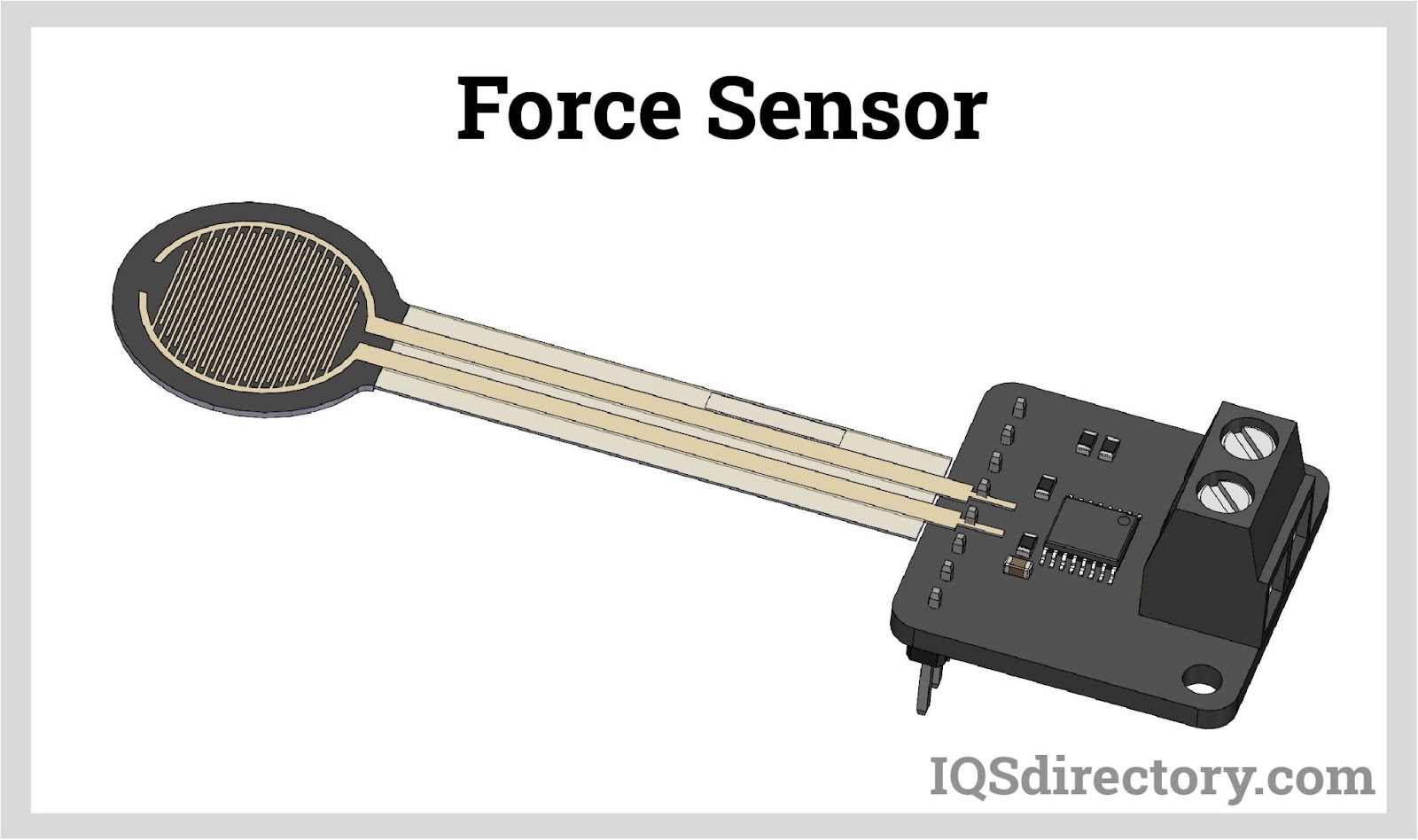
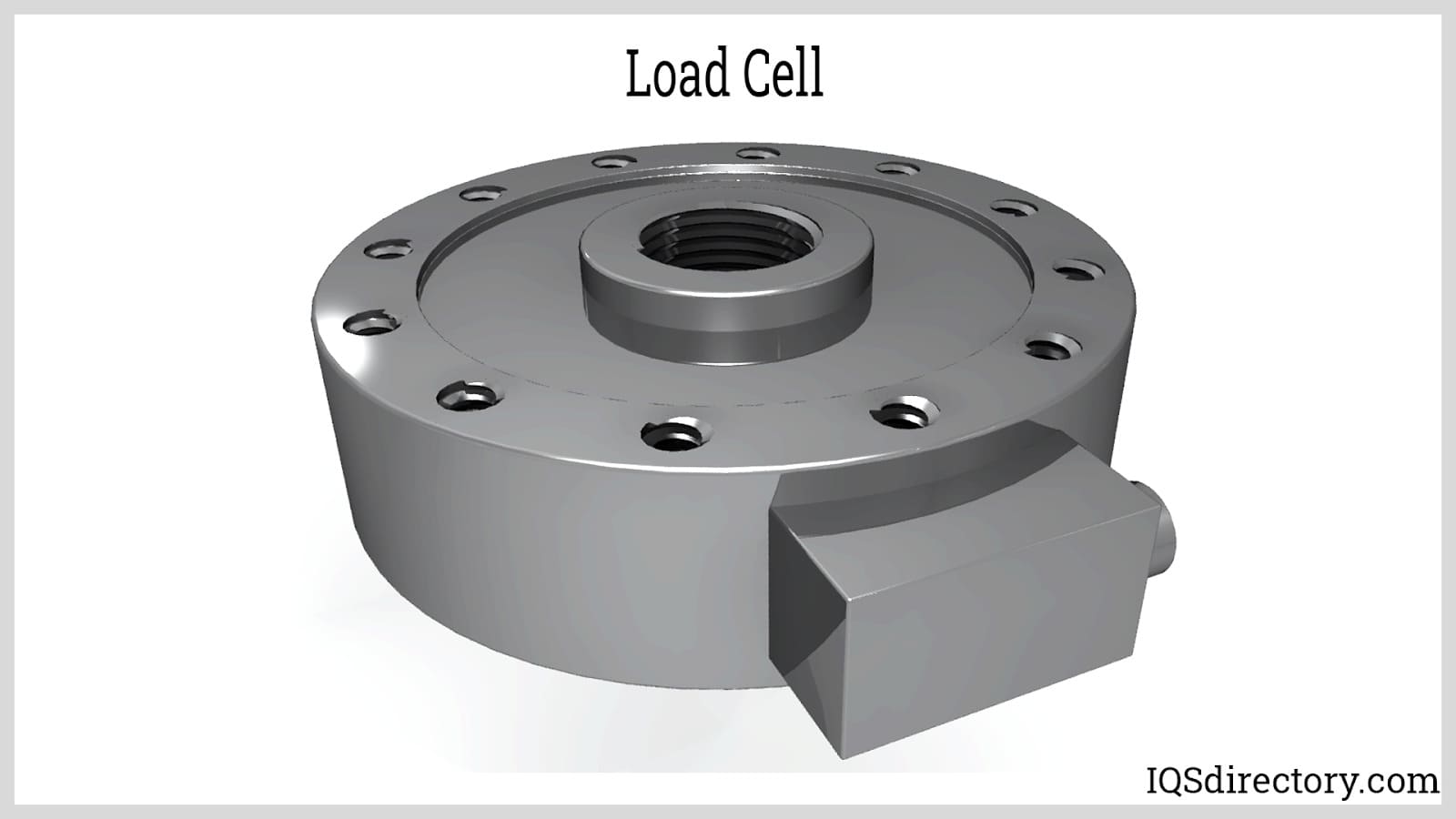
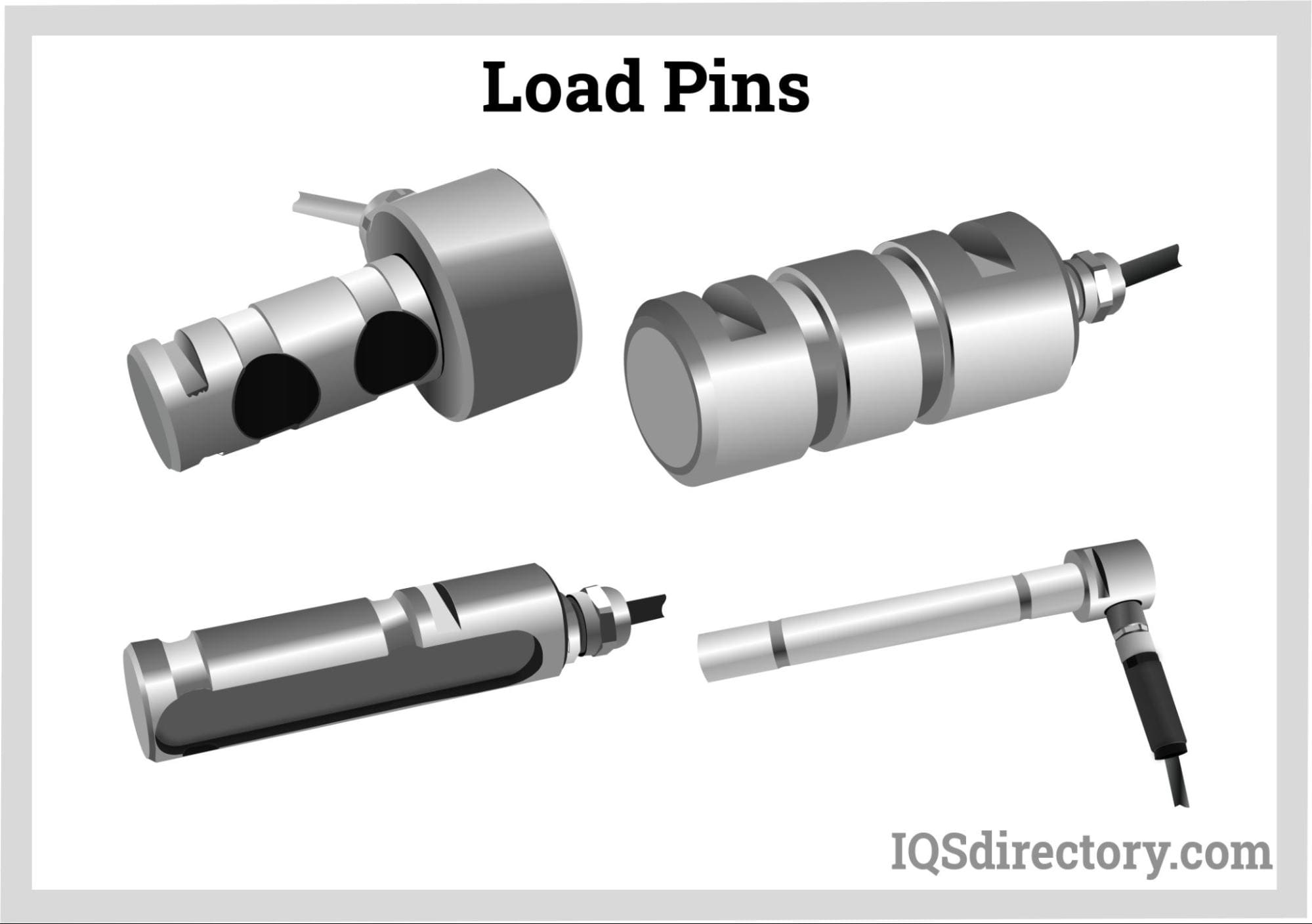
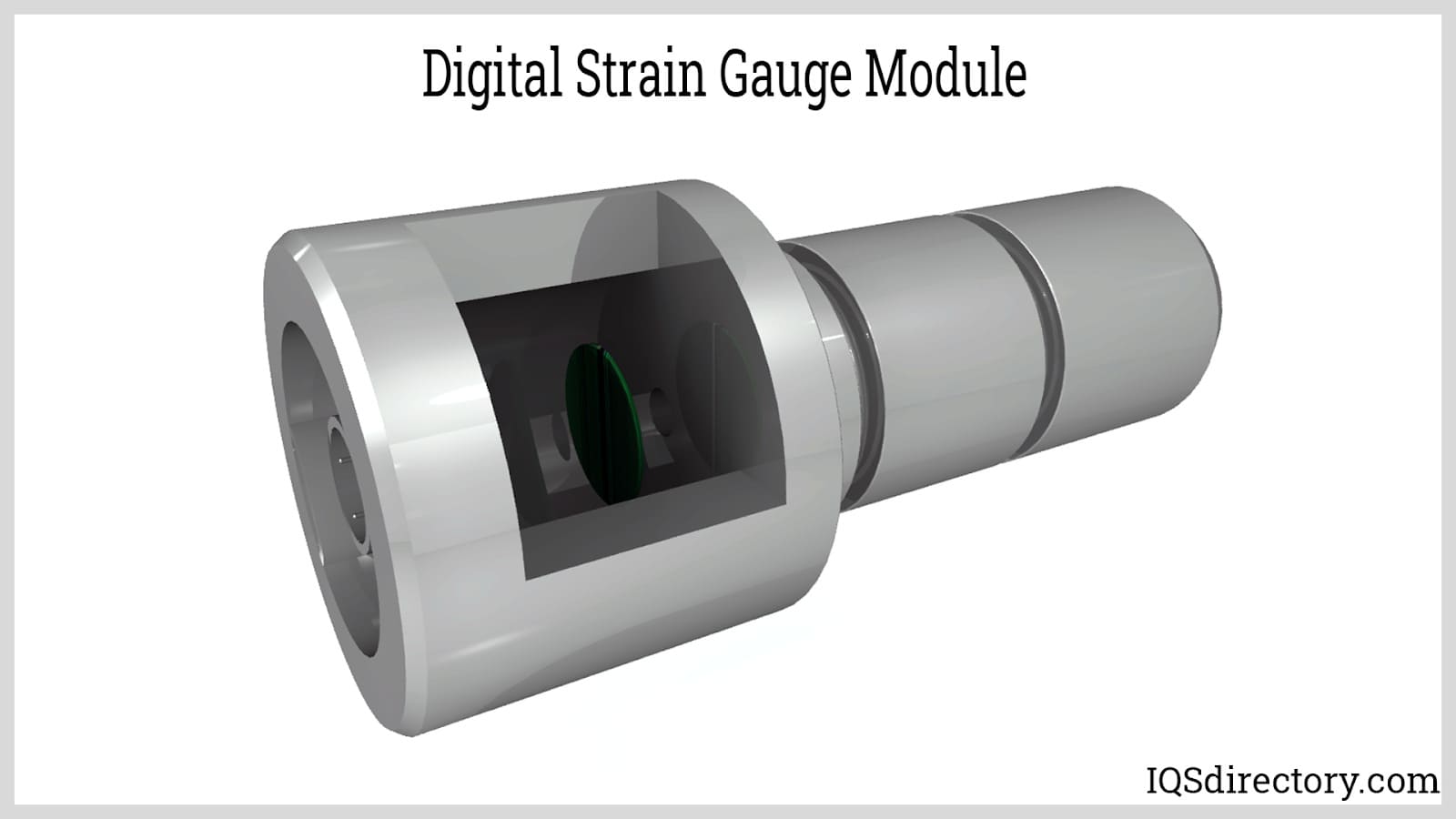
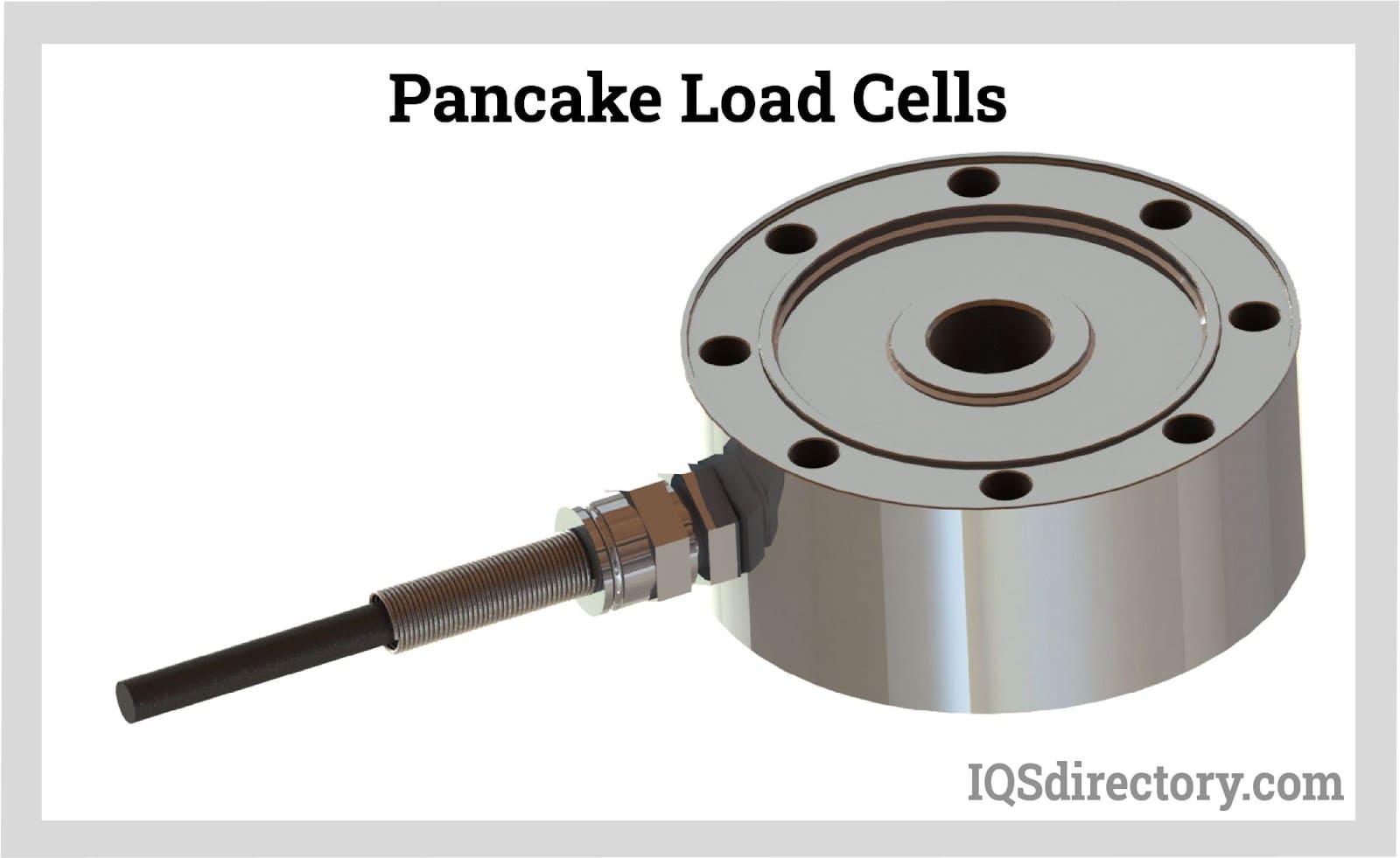
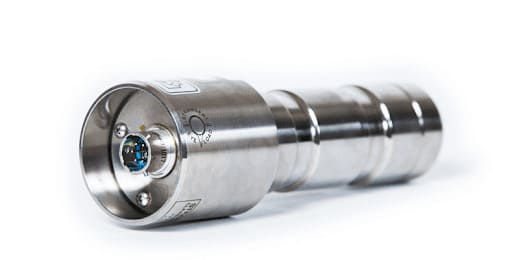
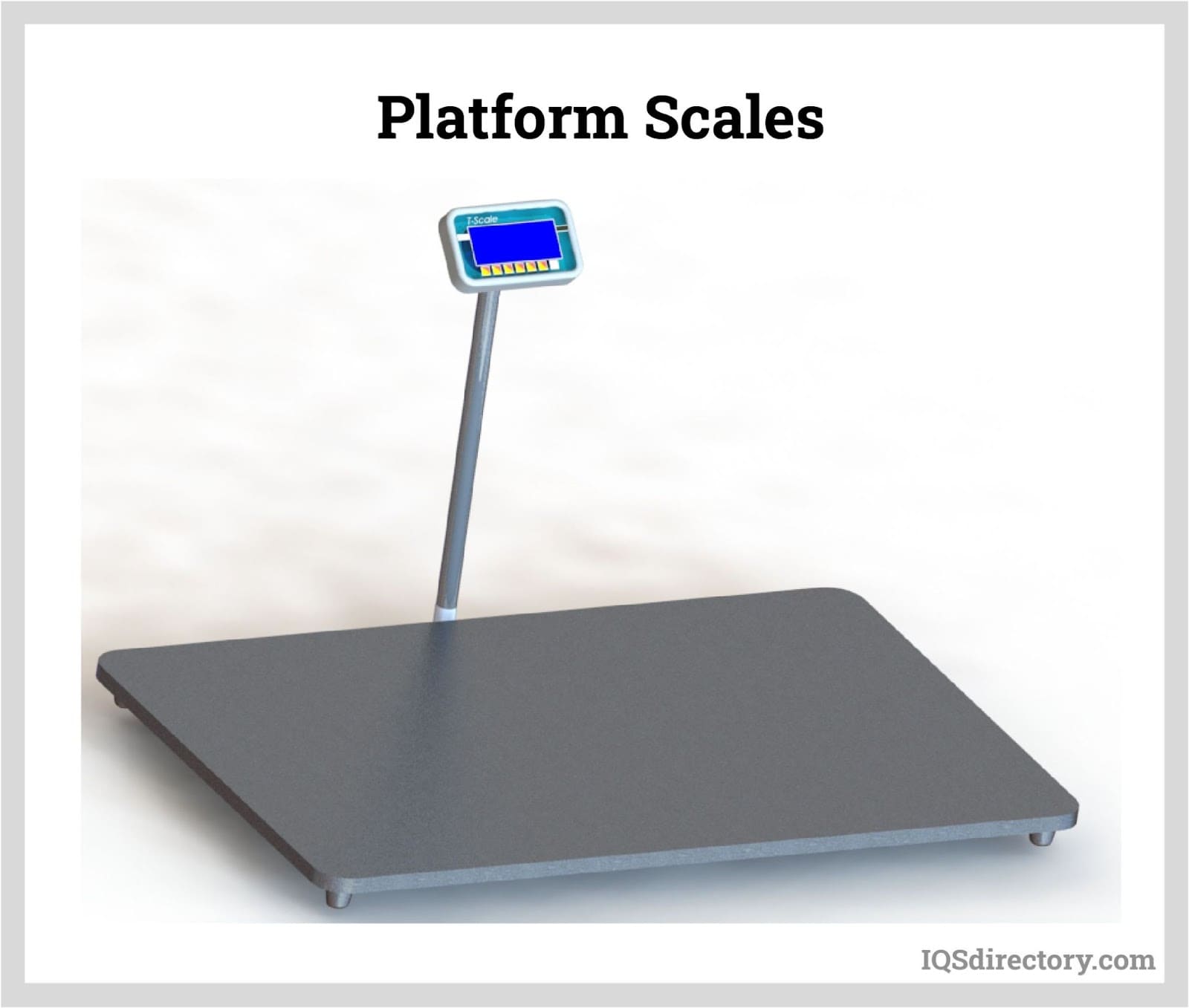
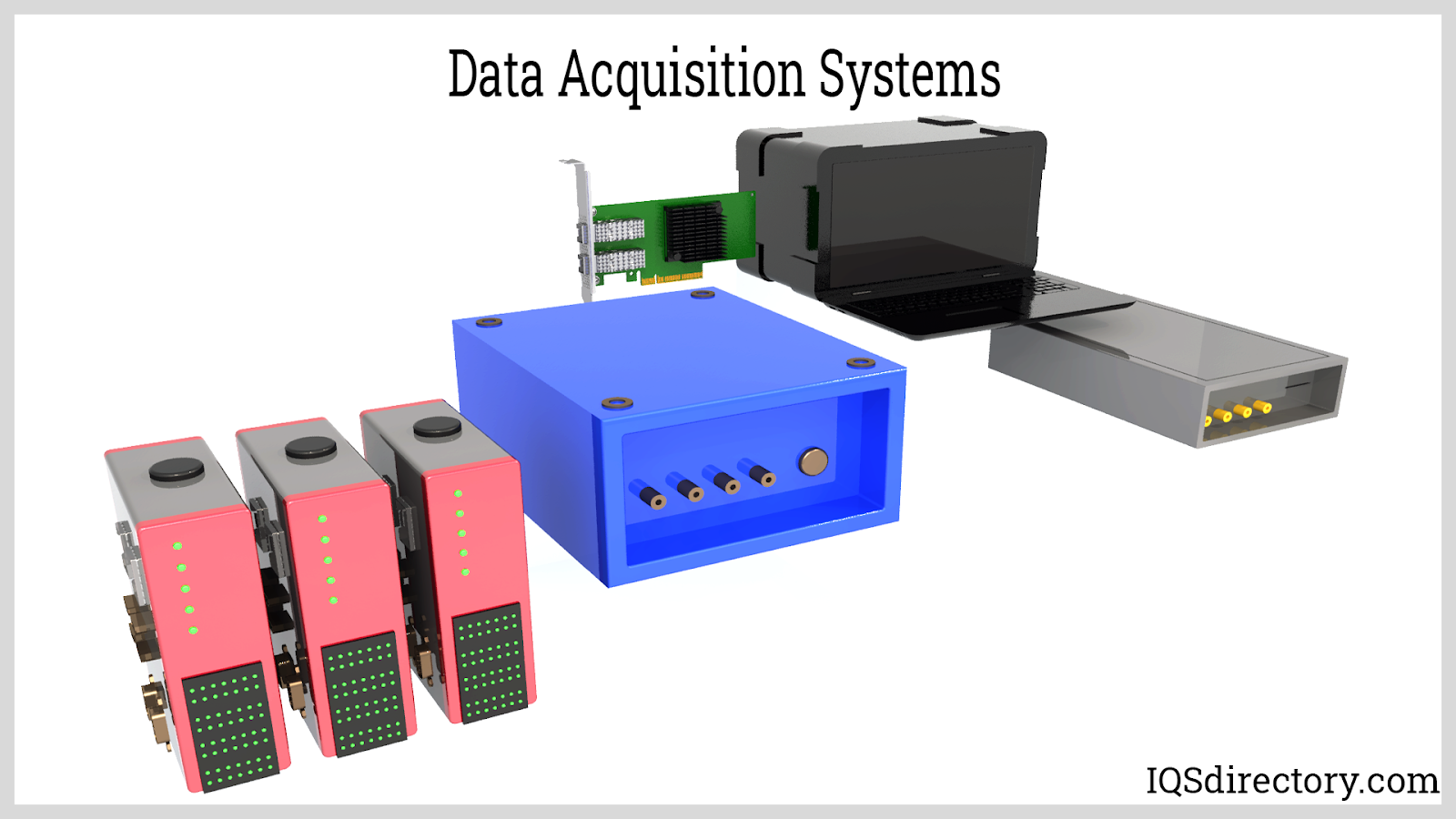
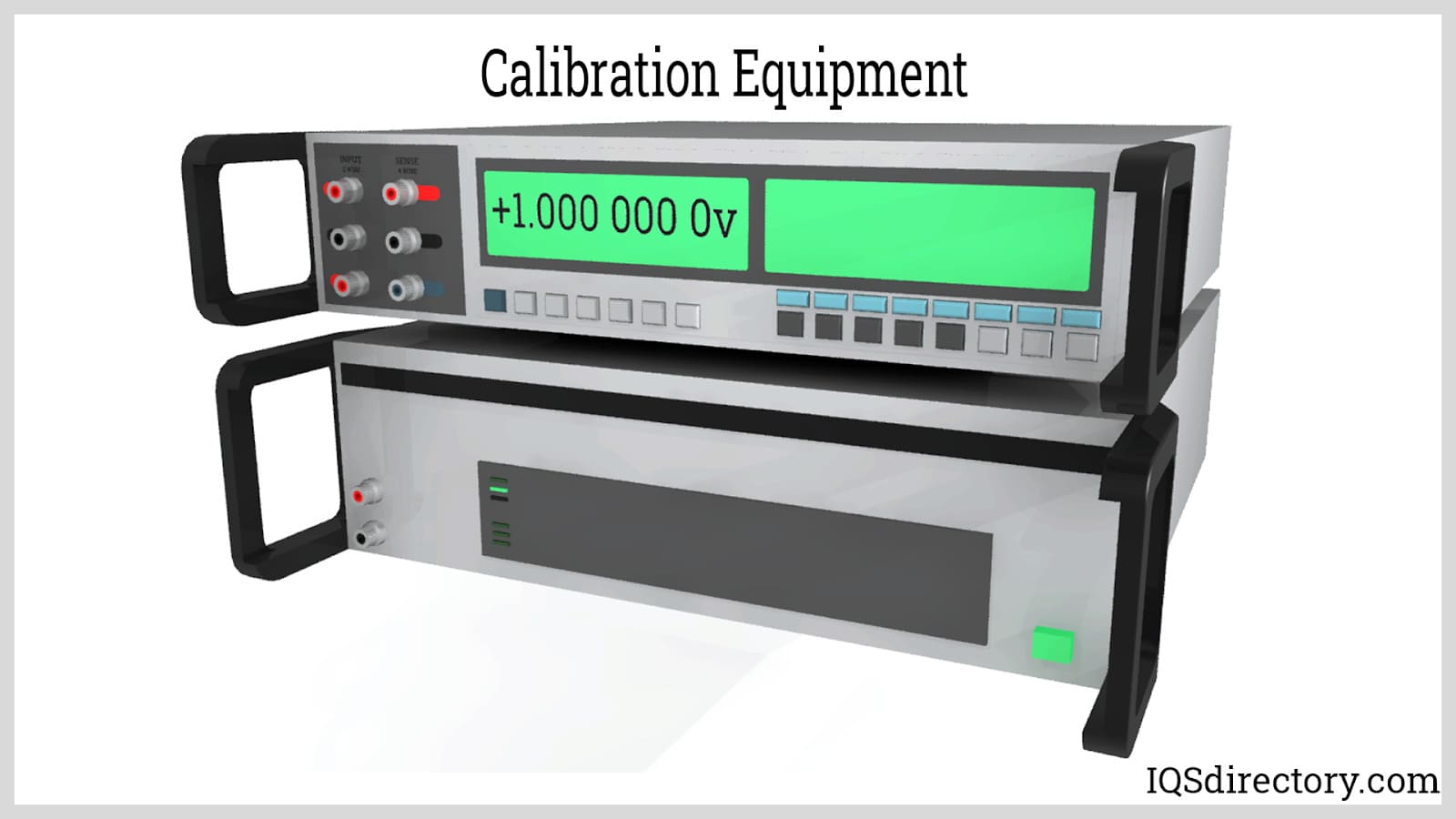
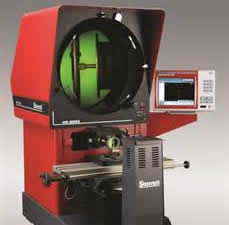 Calibration Services
Calibration Services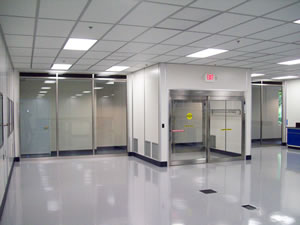 Clean Rooms
Clean Rooms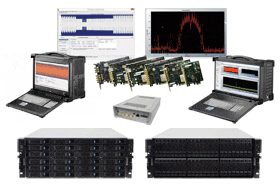 Data Acquisition Systems
Data Acquisition Systems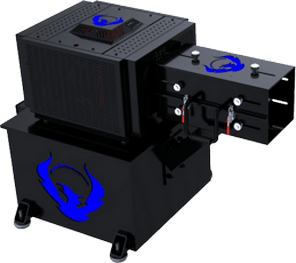 Dynamometers
Dynamometers Environmental Test Chamber
Environmental Test Chamber Leak Detectors
Leak Detectors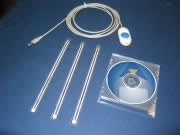 Load Cells
Load Cells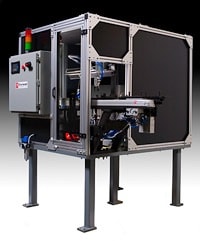 Machine Vision Systems
Machine Vision Systems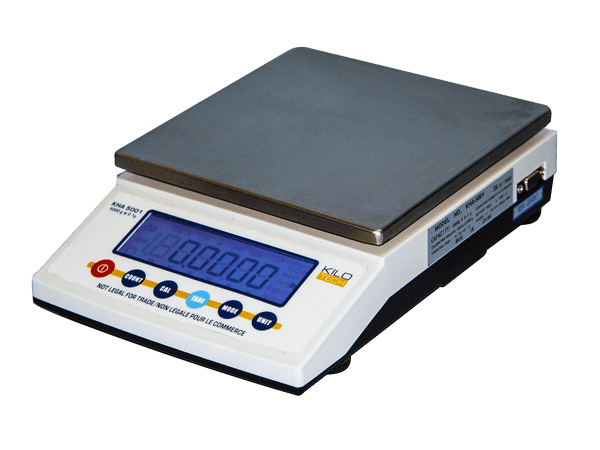 Scales
Scales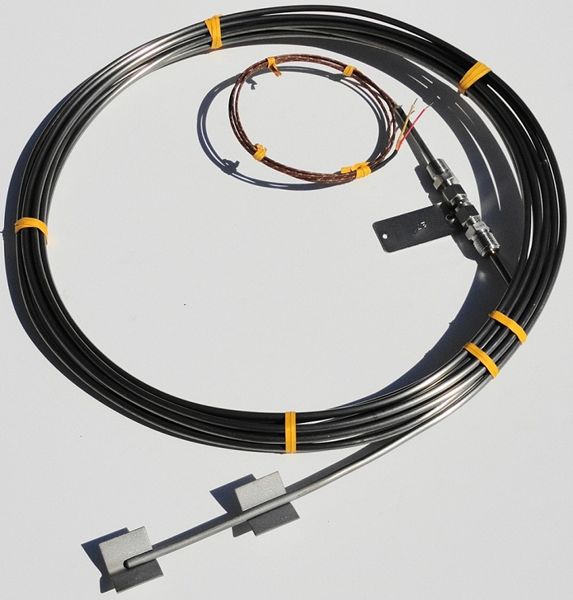 Thermocouples
Thermocouples Castings & Forgings
Castings & Forgings Bulk Material Handling
Bulk Material Handling Electrical & Electronic Components
Electrical & Electronic Components Flow Instrumentation
Flow Instrumentation Hardware
Hardware Material Handling Equipment
Material Handling Equipment Metal Cutting Services
Metal Cutting Services Metal Forming Services
Metal Forming Services Metal Suppliers
Metal Suppliers Motion Control Products
Motion Control Products Plant & Facility Equipment
Plant & Facility Equipment Plant & Facility Supplies
Plant & Facility Supplies Plastic Molding Processes
Plastic Molding Processes Pumps & Valves
Pumps & Valves Recycling Equipment
Recycling Equipment Rubber Products & Services
Rubber Products & Services